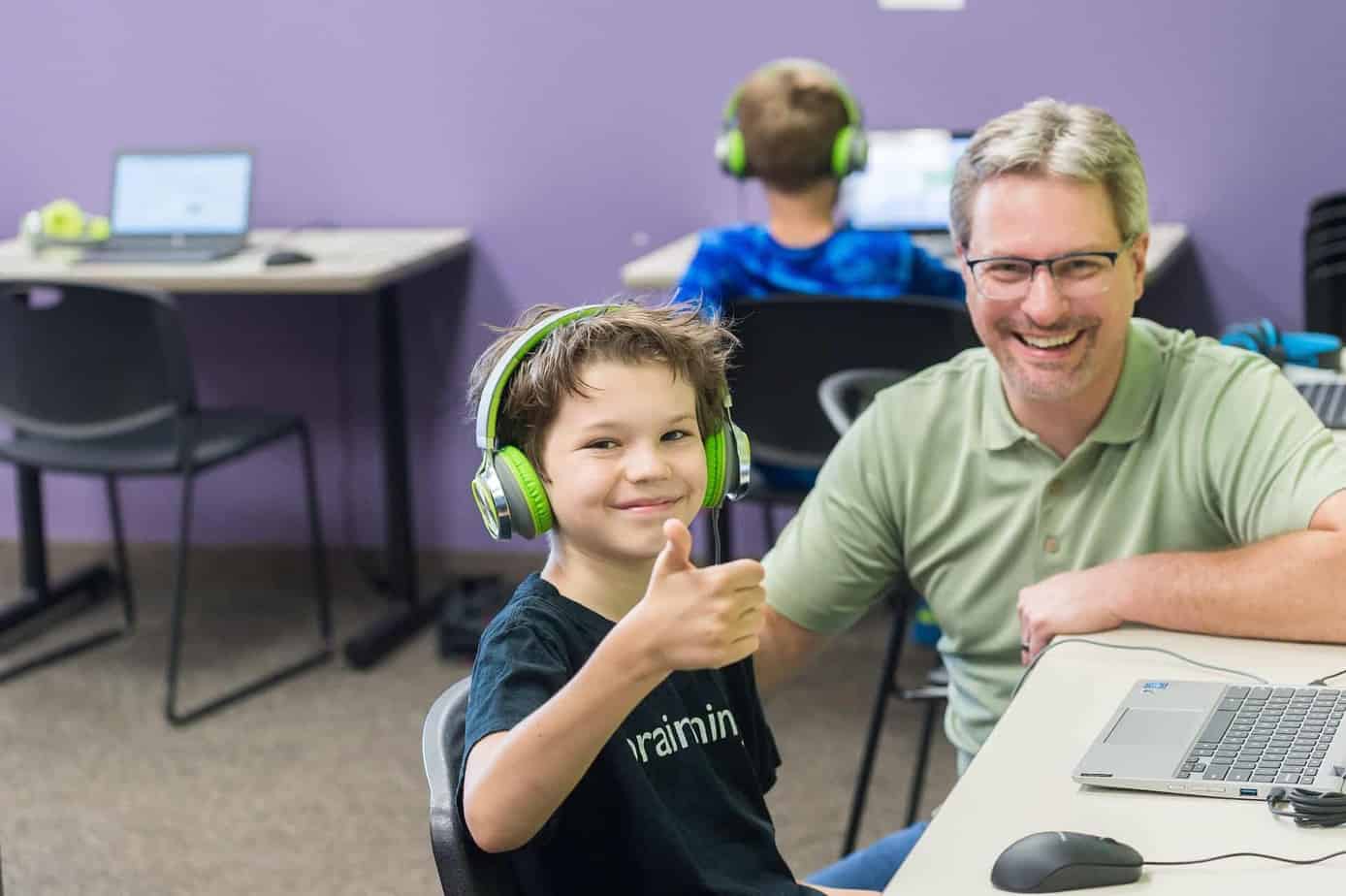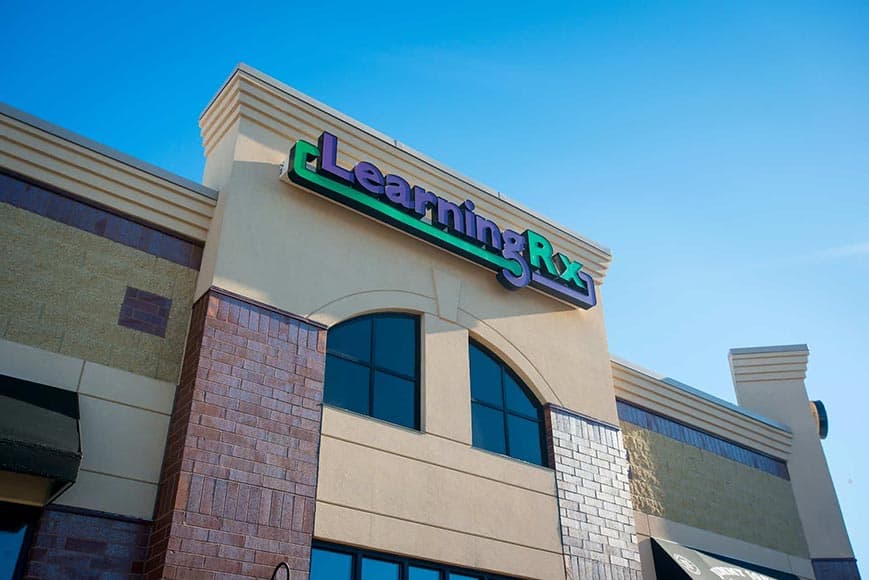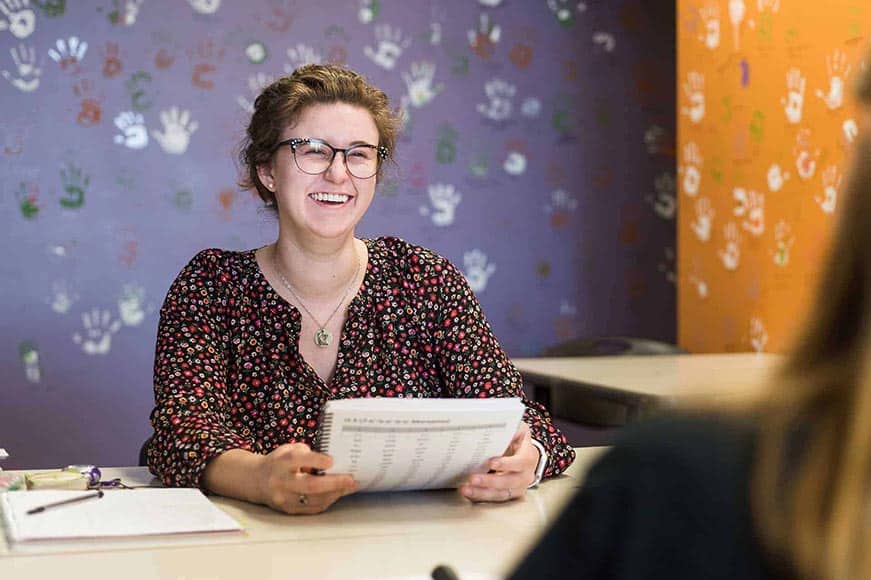How Structured Literacy Helps Kids Learn to Read
The way kids learn to read—and the best ways for teachers and reading interventions to meet these needs—has been studied and researched for decades. The clear winner continues to be structured literacy.
This approach is not a specific program or curriculum. Instead, structured literacy addresses HOW reading instruction should be delivered and WHAT the priorities should be, both in the classroom and for independent interventions.
In general, structured literacy is explicit, systematic teaching that focuses on phonological awareness, word recognition, phonics and decoding, spelling, and syntax at the sentence and paragraph levels.
HOW to Teach:
When it comes to teaching reading, exposure is not enough. Kids need explicit, systematic teaching that takes their unique needs into account. Successful structured literacy instruction is:
- Explicit (with clear, multisensory instruction, strategic practice, and hands-on interaction)
- Systematic (logically building in complexity as kids are ready, working towards making reading automatic)
- Diagnostic (finding weak areas and targeting them so each child can be successful)
These are hard to do in classroom contexts with 20+ kids. But as the ideal, structured literacy builds a foundation for individualized instruction and clear direction for helping kids learn to read.
This is a whole lot more effective than an exposure approach where kids are left on their own to “figure out” reading based on being read to or memorizing sight words.
WHAT to Teach:
For many years, teaching reading has been based on memorizing sight words mixed with some basics of letter sounds. Instead of this approach, structured literacy builds a logical, strong foundation of sound awareness and decoding skills to make kids better readers.
If a kid learns 10 words by sight, he can read 10 words. But if the child learns 10 sounds, he or she will be able to read:
- 350 three-sound words
- 4,320 four-sound words
- 21,650 five-sound words
This is a HUGE benefit to sound-based reading instruction! Here are some of the steps that structured literacy follows to help kids learn to read successfully:
- Phonology (studying and understanding sounds, as well as recognizing patterns, rhyming, and manipulation them)
- Sound-Symbol Correspondence (recognizing that each sound is “coded” (or written) with specific letter combinations) Note that this comes AFTER a basic awareness of sounds. Letter recognition is secondary to sound mastery.
- Syllables (learning to break words into parts to segment and blend more complex words)
- Morphology (word structure, bases, affixes, and word families)
- Syntax (arranging words and understanding language mechanics)
- Semantics (building vocabulary and deriving meaning from text)
By following this flow, structured literacy sets kids up to be more successful decoders and readers BEFORE they need to derive meaning. This foundation is critical to helping kids be effective readers in the long-term!
What is the Alternative to Structured Literacy?
For many years, an approach called balanced literacy has been popular in many school systems. In balanced literacy, the focus is more on exposure, sight words, and text-rich environments instead of explicit instruction on phonics and decoding skills.
While there is nothing wrong with saturating your child’s life with words, texts, and experiences, this alone is not enough to help them become successful readers. Building a solid foundation and supplying your child with tools to read confidently with explicit, systematic instruction is the best way to help them become successful.
Is It Too Late for Your Child to Learn the Basics?
So what do we do with the kids who are struggling? Even in an ideal world where classrooms follow a structured literacy approach, the reality is that some kids fall through the cracks.
If your 4th, 5th, 6th grader or teen is still struggling with reading, it is not too late to return to the basics to help them become more successful readers.
Without a strong foundation of cognitive skills and phonological awareness, kids will struggle with reading. At LearningRx, we train phonics skills AND underlying brain skills. These other skills like attention, memory, reasoning, and visual processing are so important to help kids become successful readers. Our ReadRx is a structured literacy program that has helped thousands of individuals gain YEARS in reading skills in a short amount of time.
Each of our students goes back to the basics of auditory processing and phonology. They follow a logical and systematic program that builds in complexity to build decoding skills and fluency (even for our adults!). Our 1-on-1 ratio also allows for a highly personalized and tailored program that can meet each learner where they are.
If your child struggles with reading, don’t just wait it out. Don’t wait for it to “click.” Taking active steps to build these basic literacy skills will pay off for years to come!
Contact us today to learn more.







